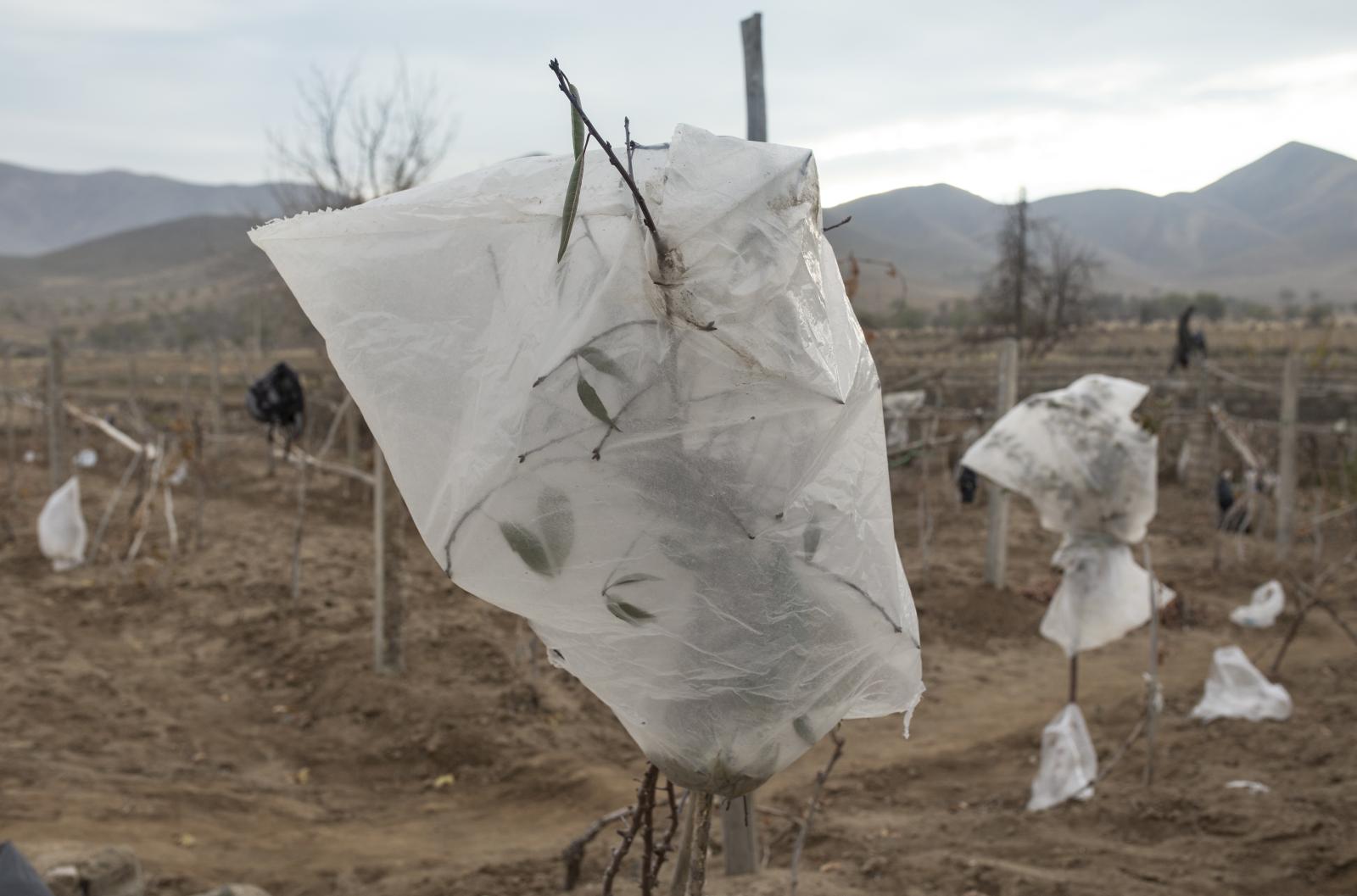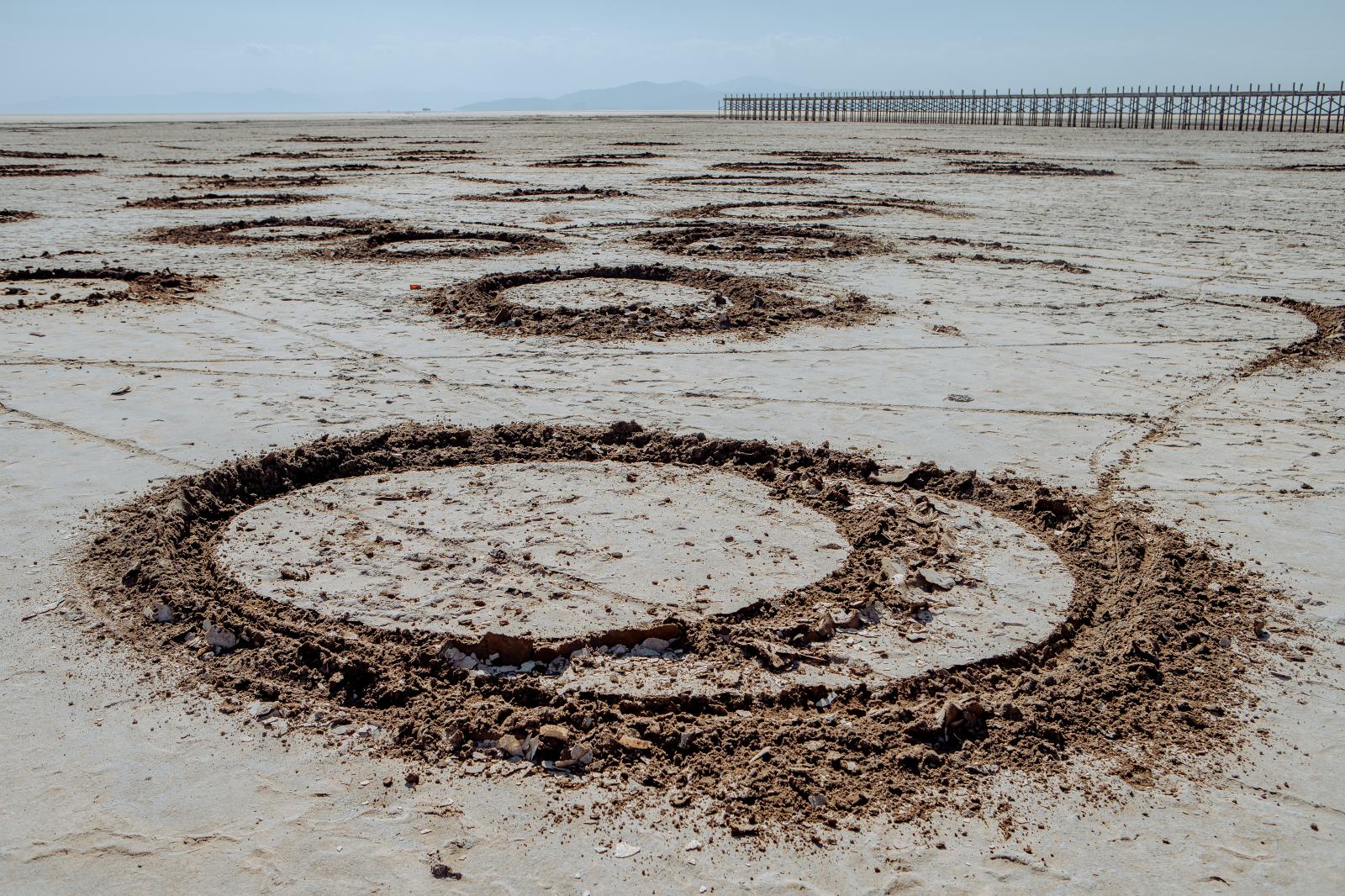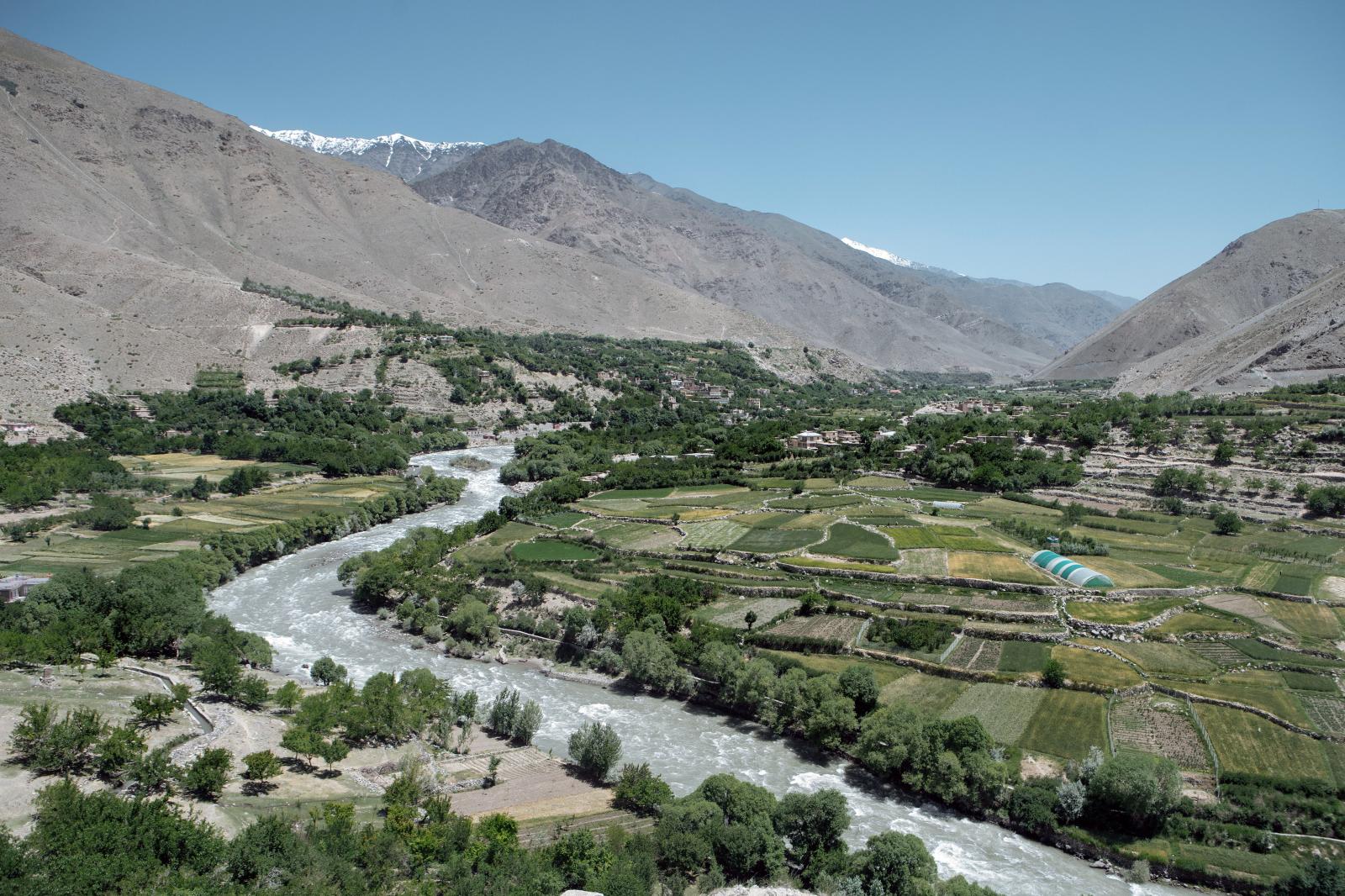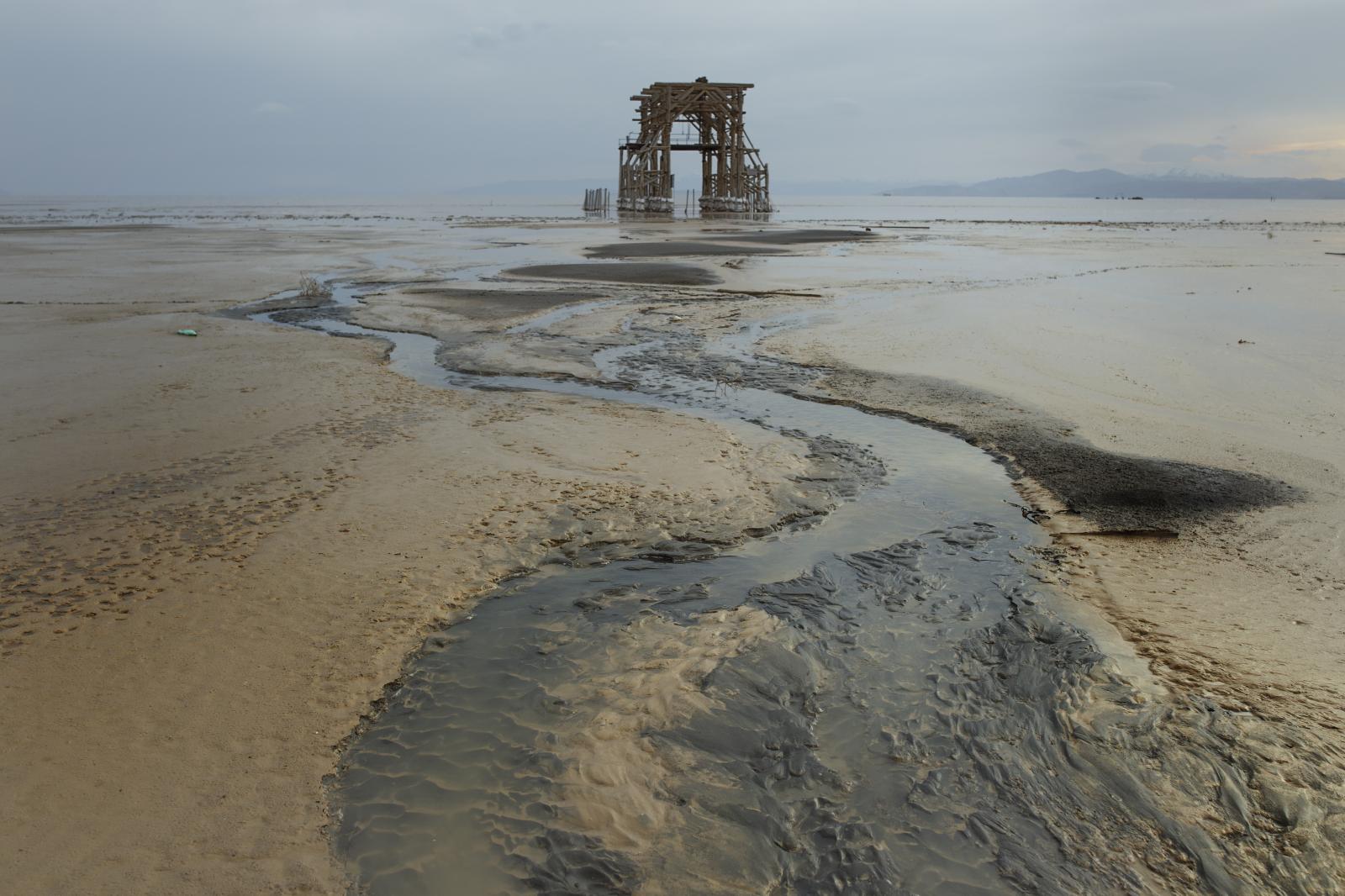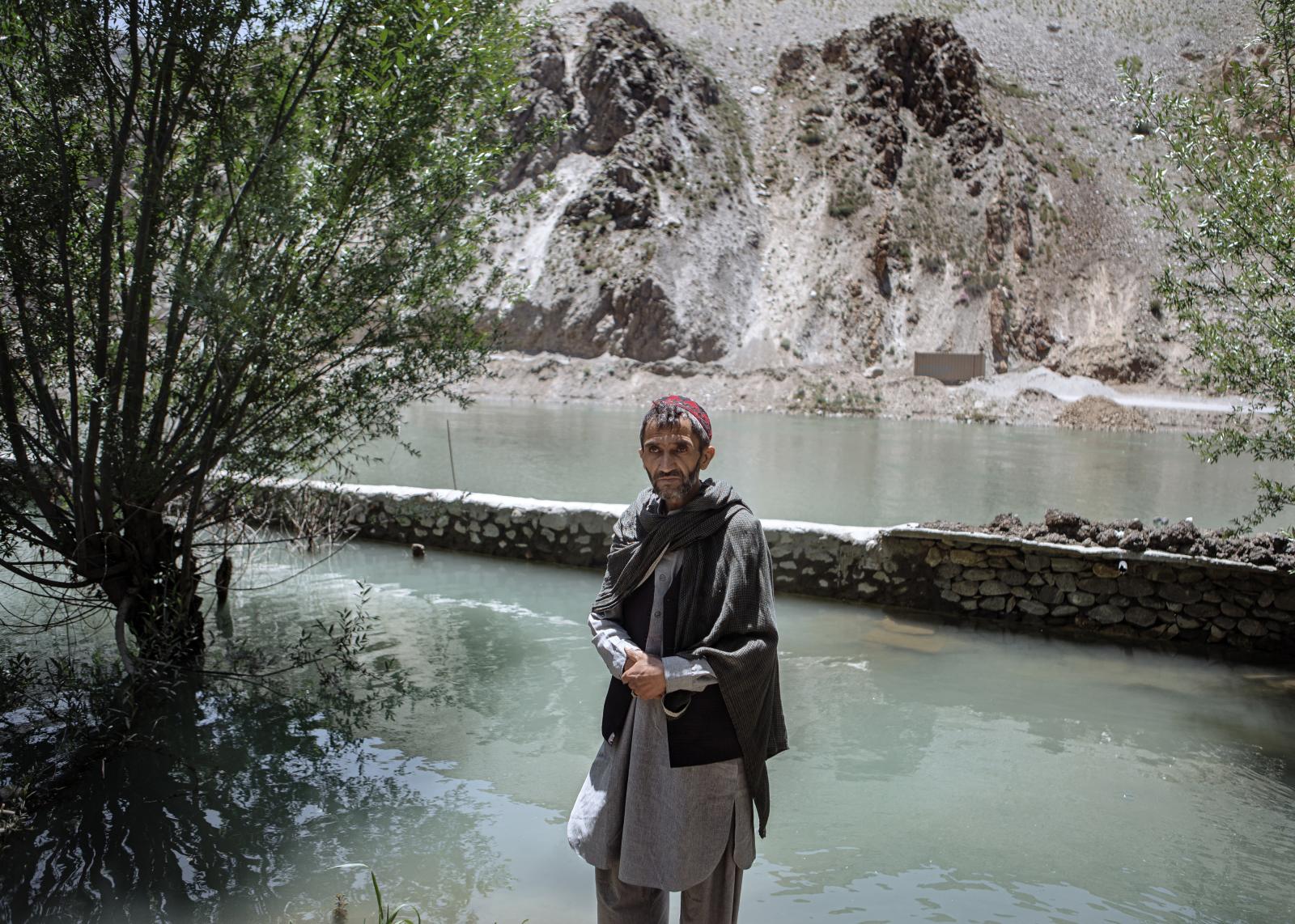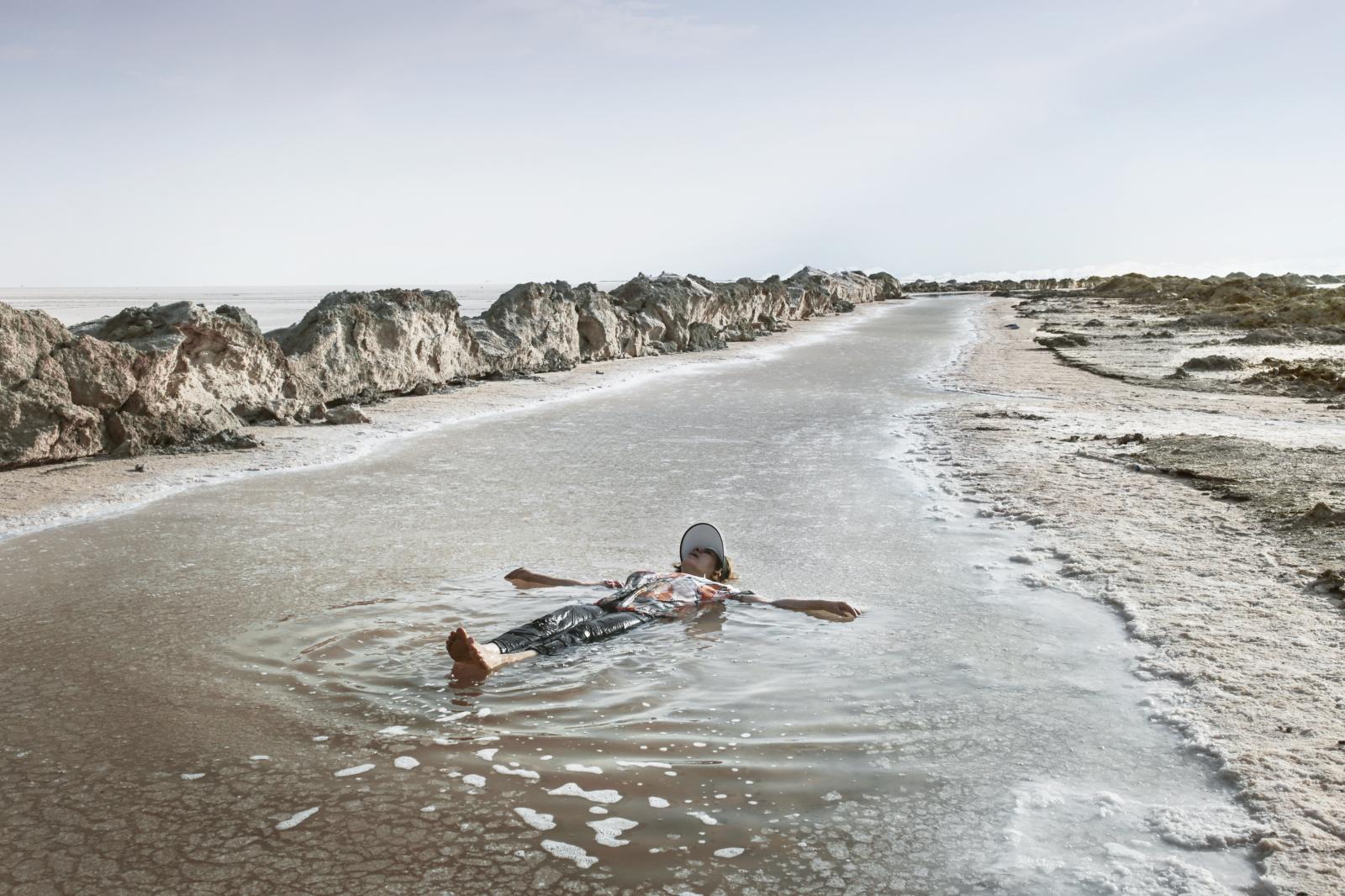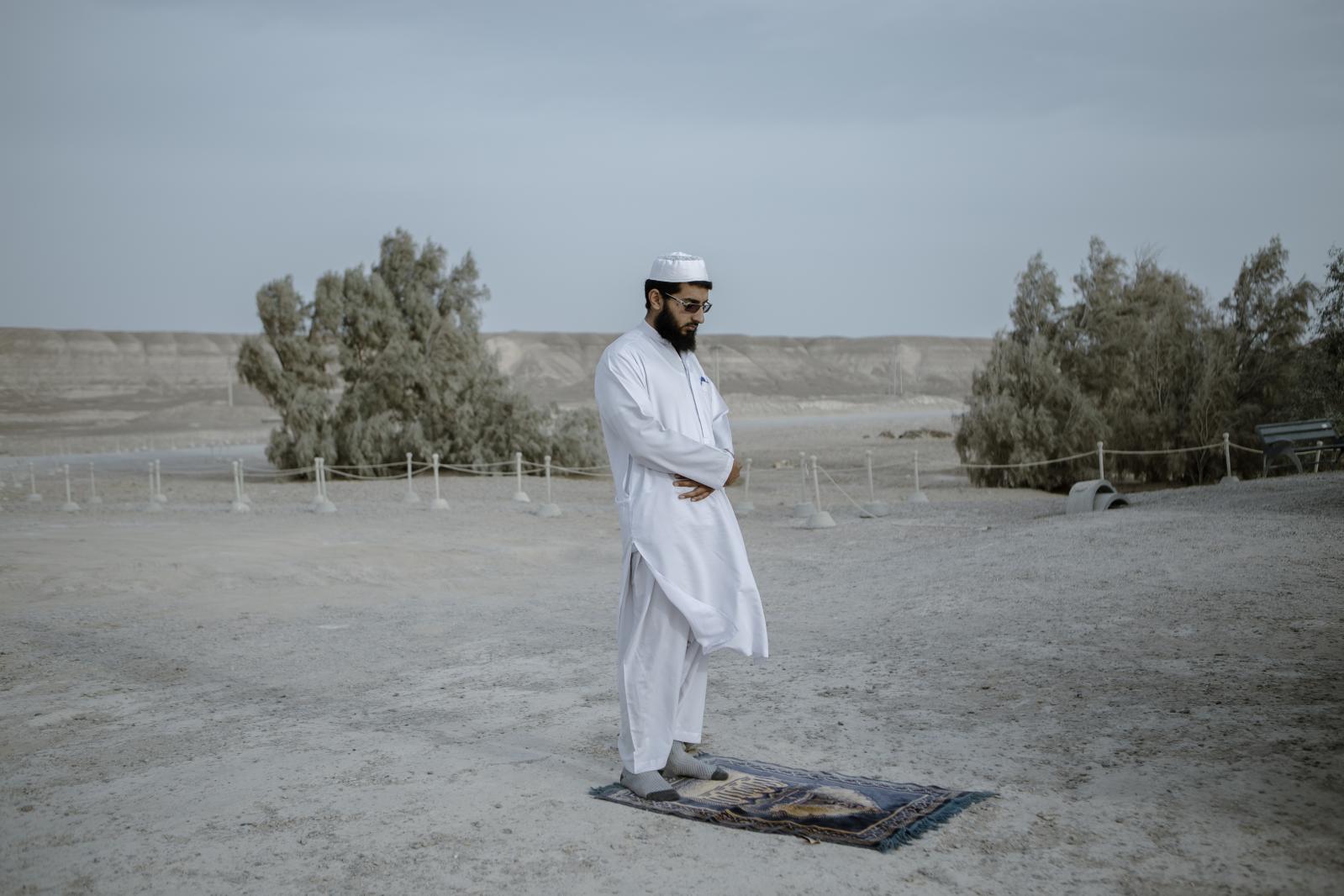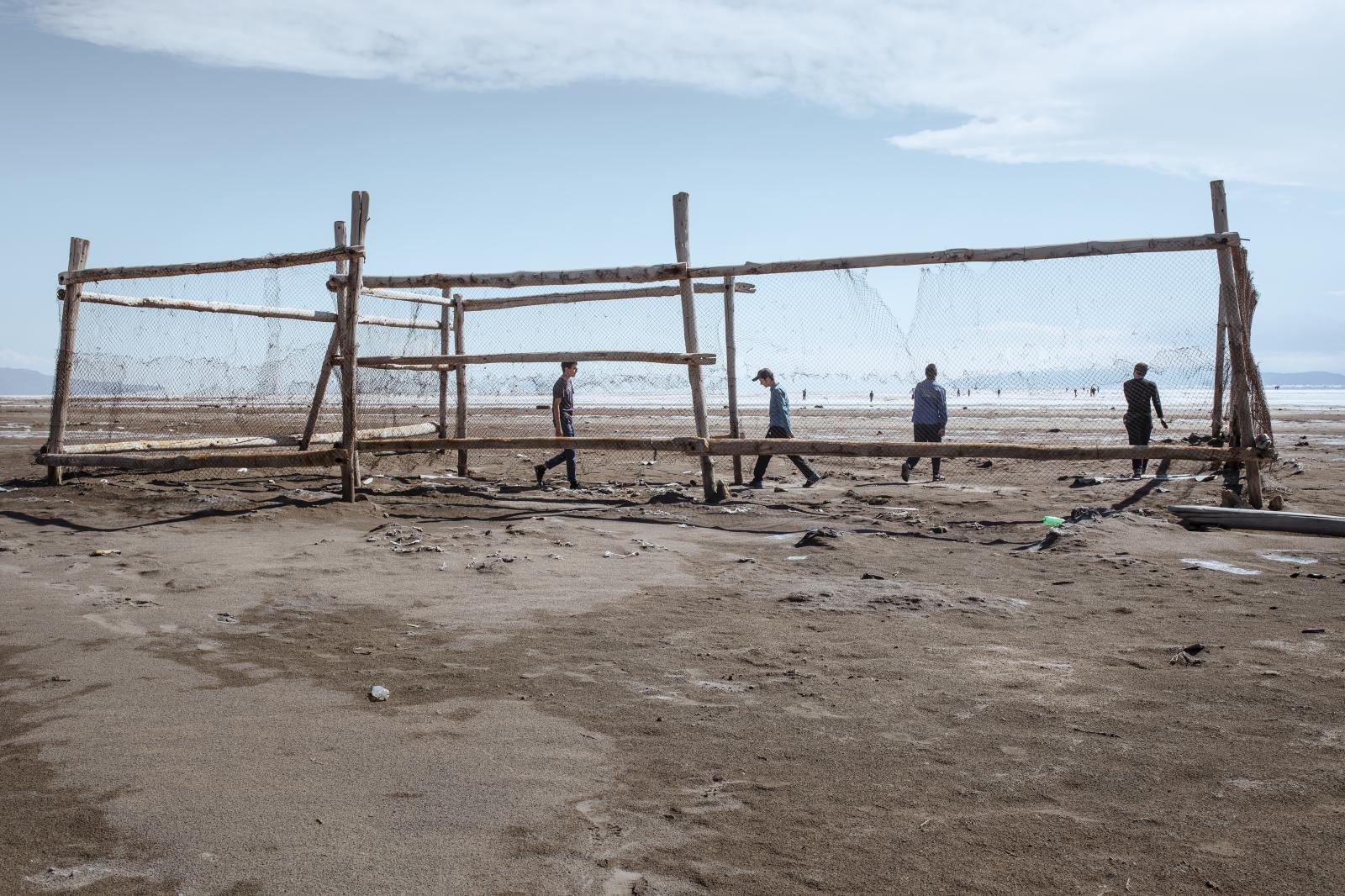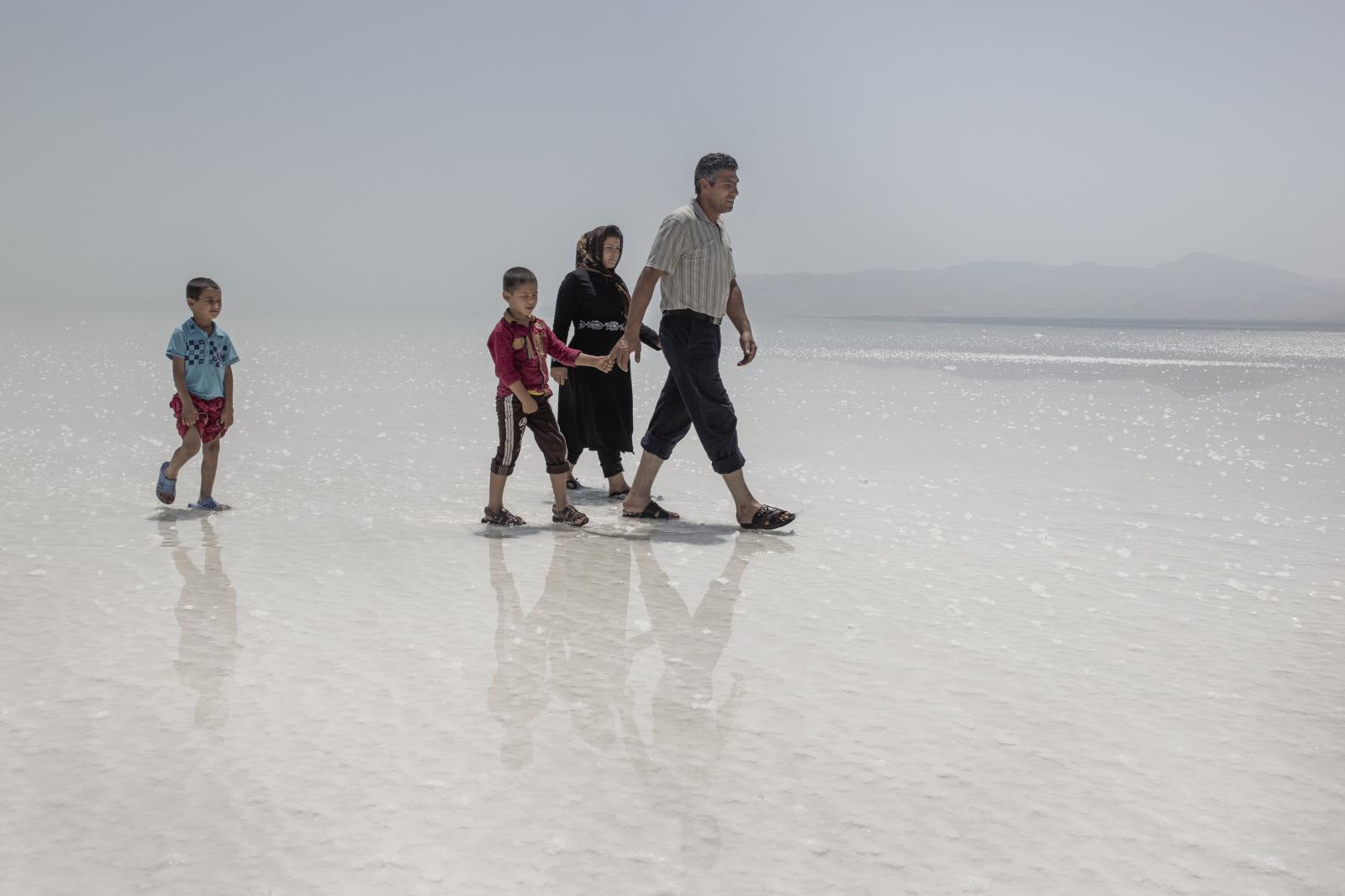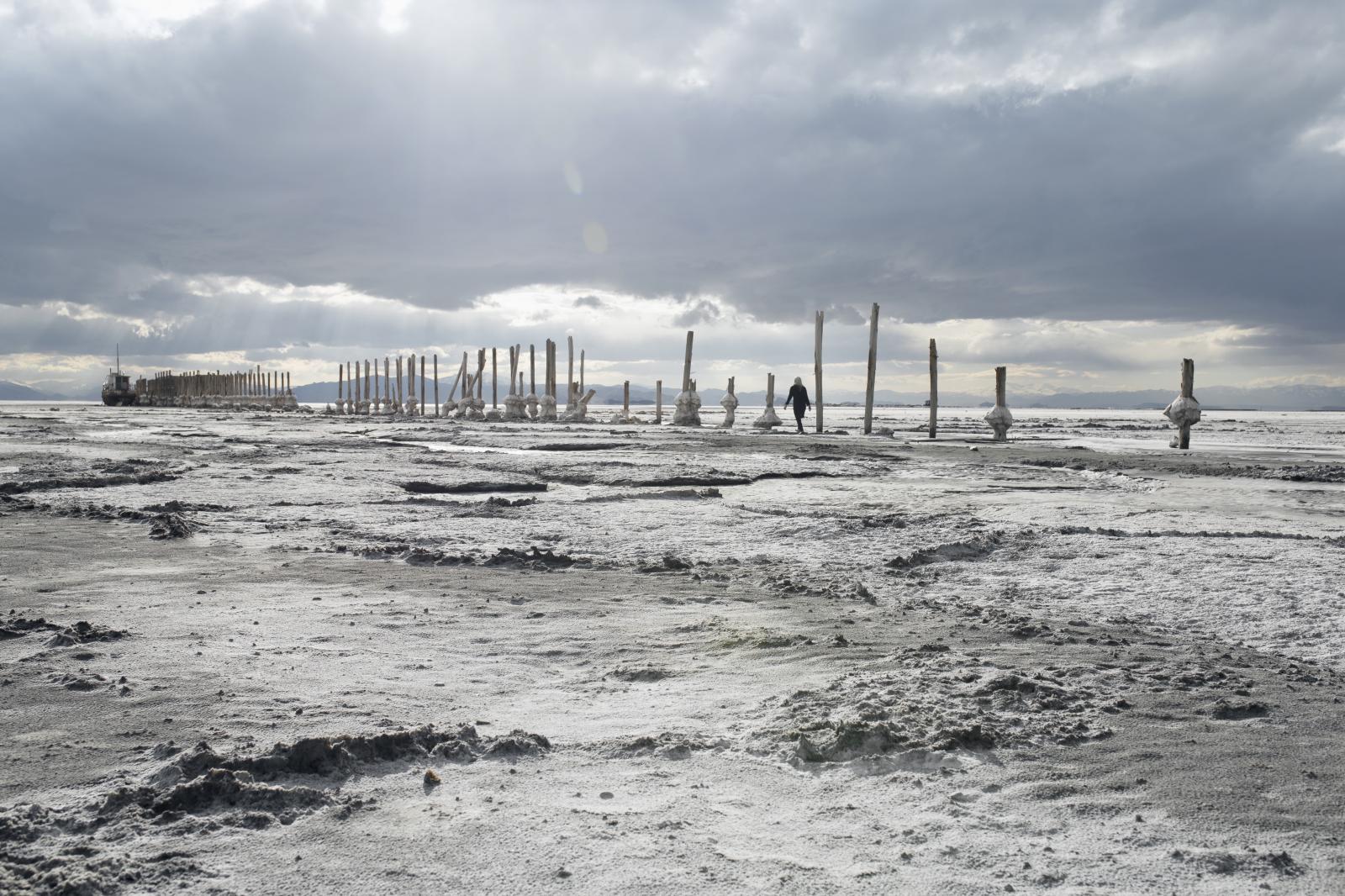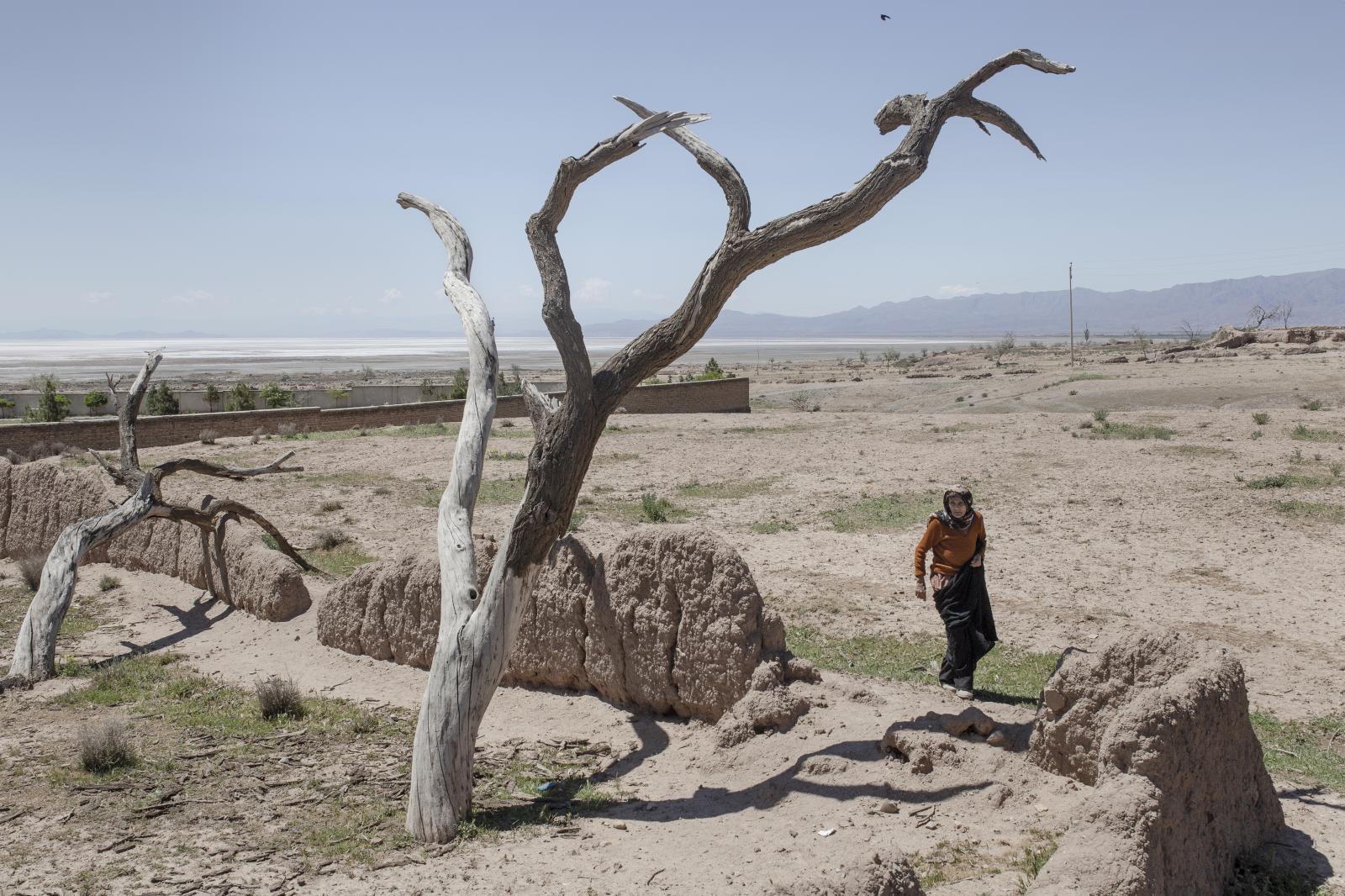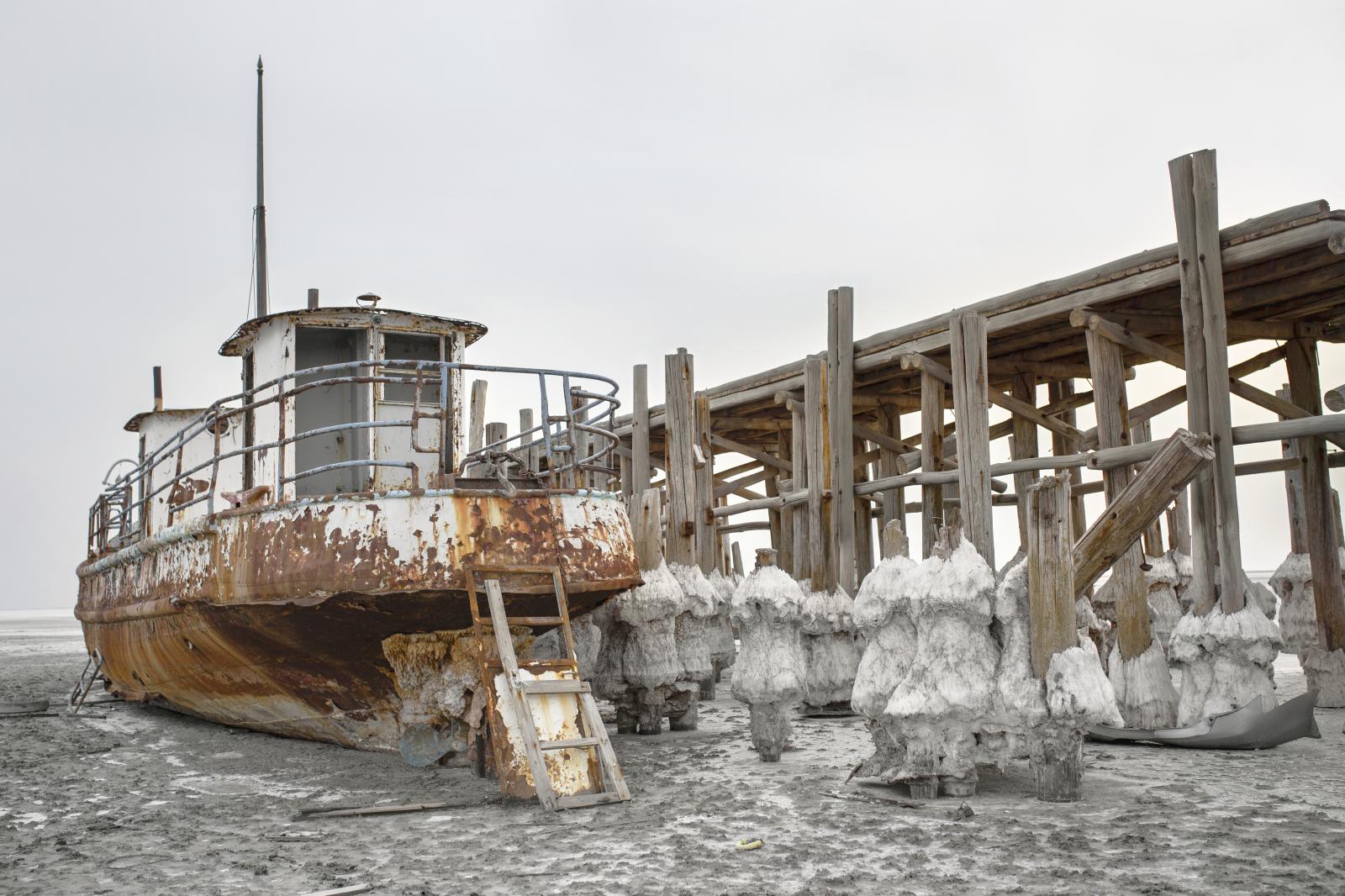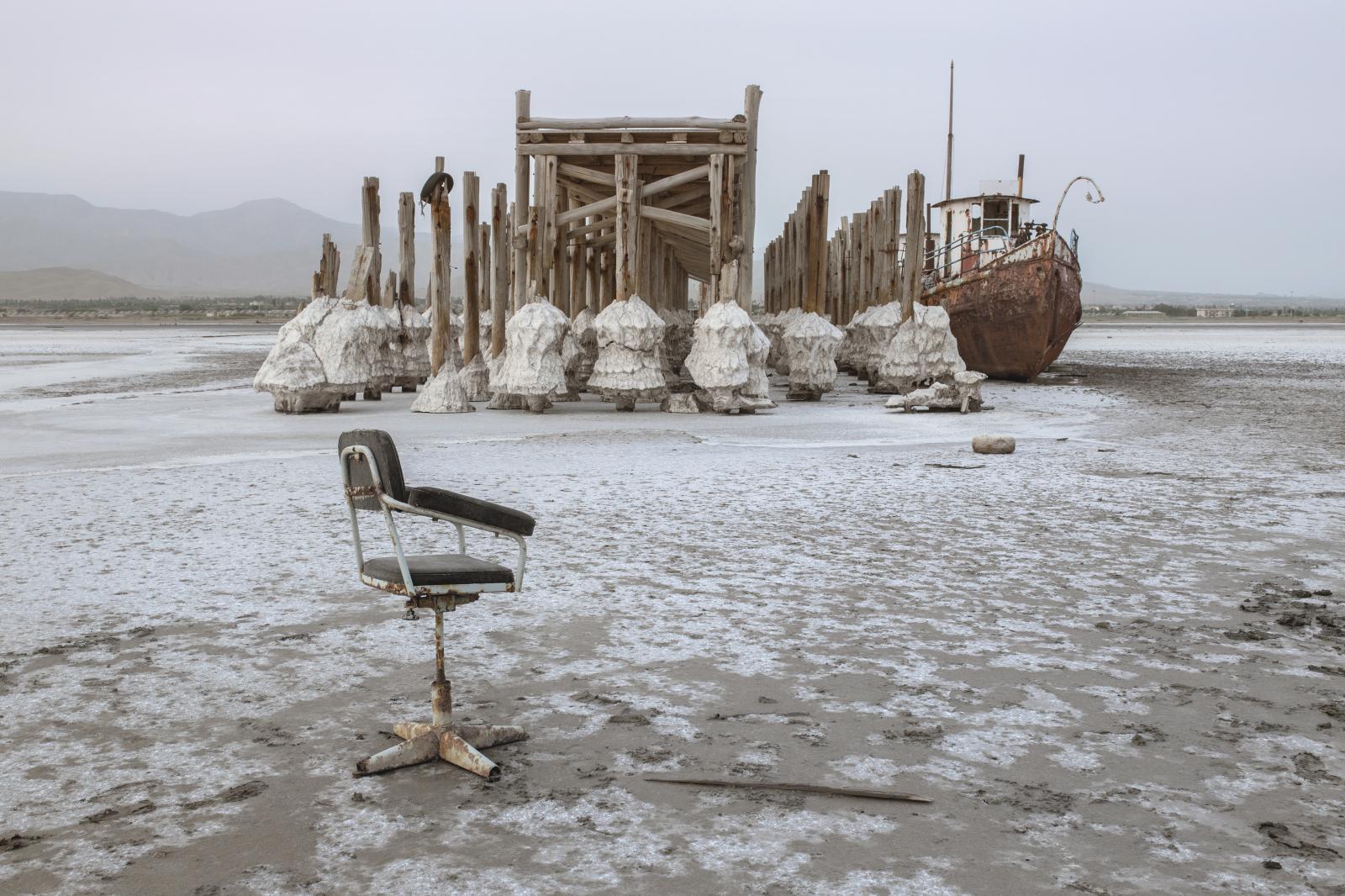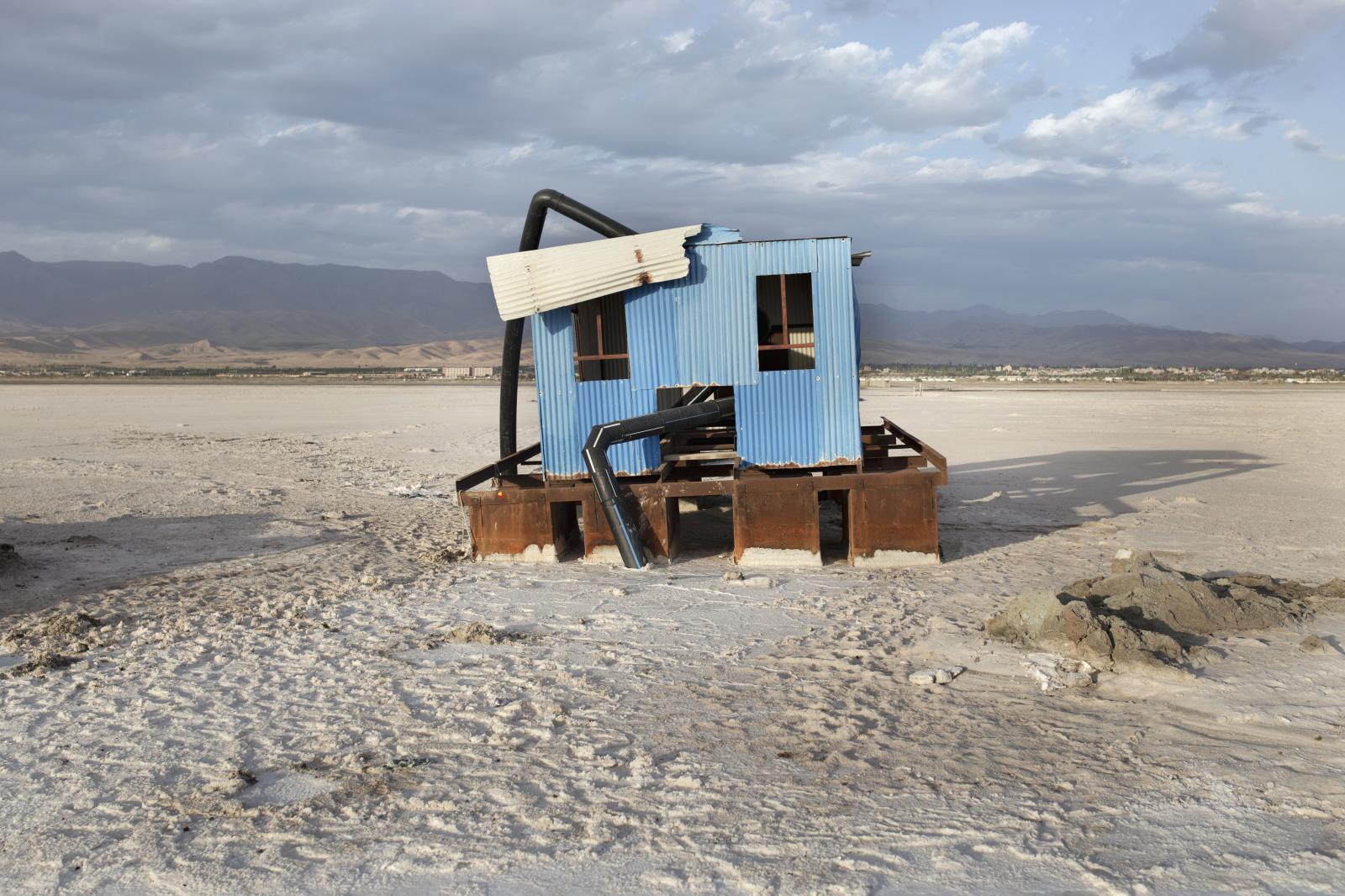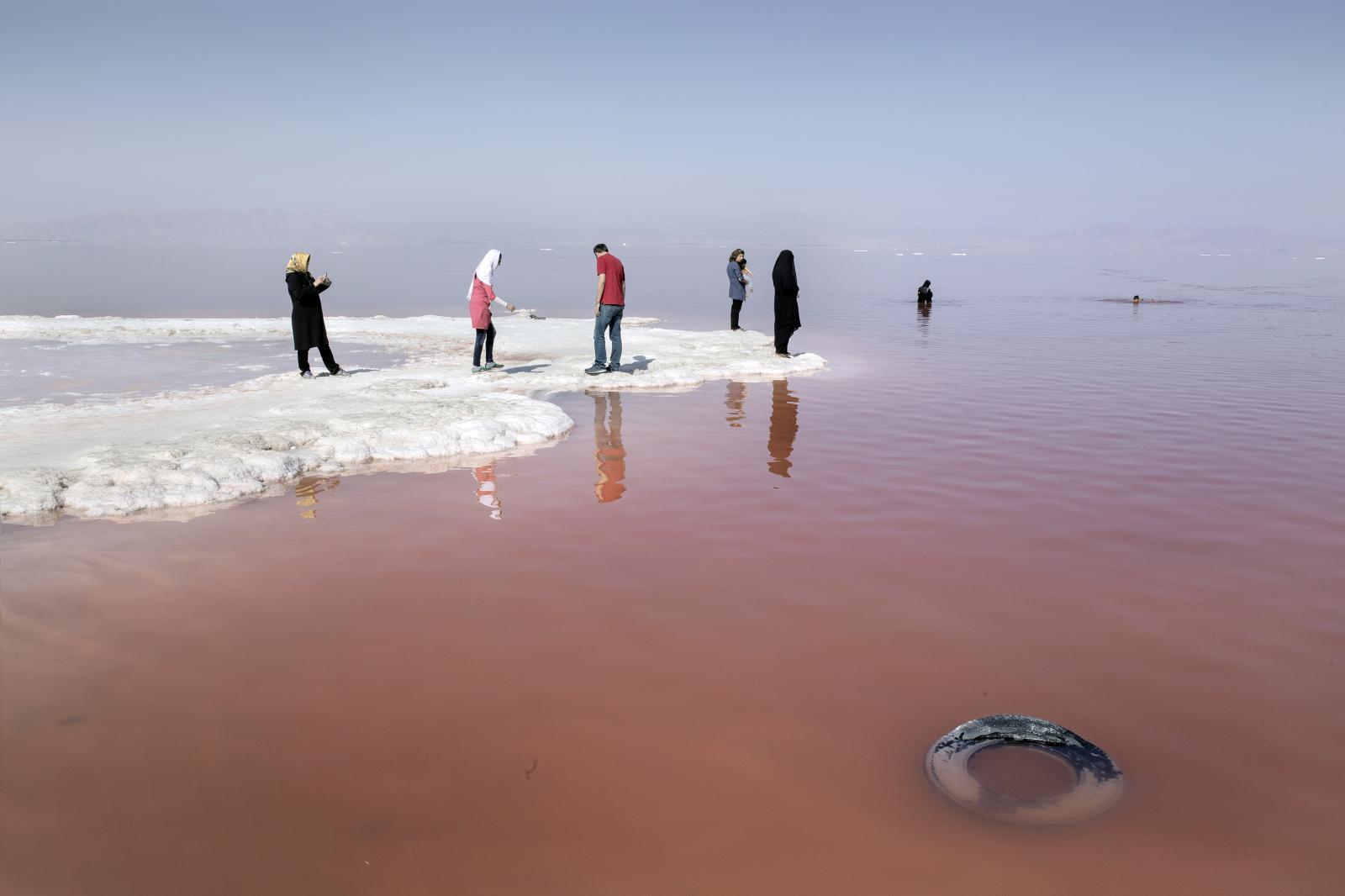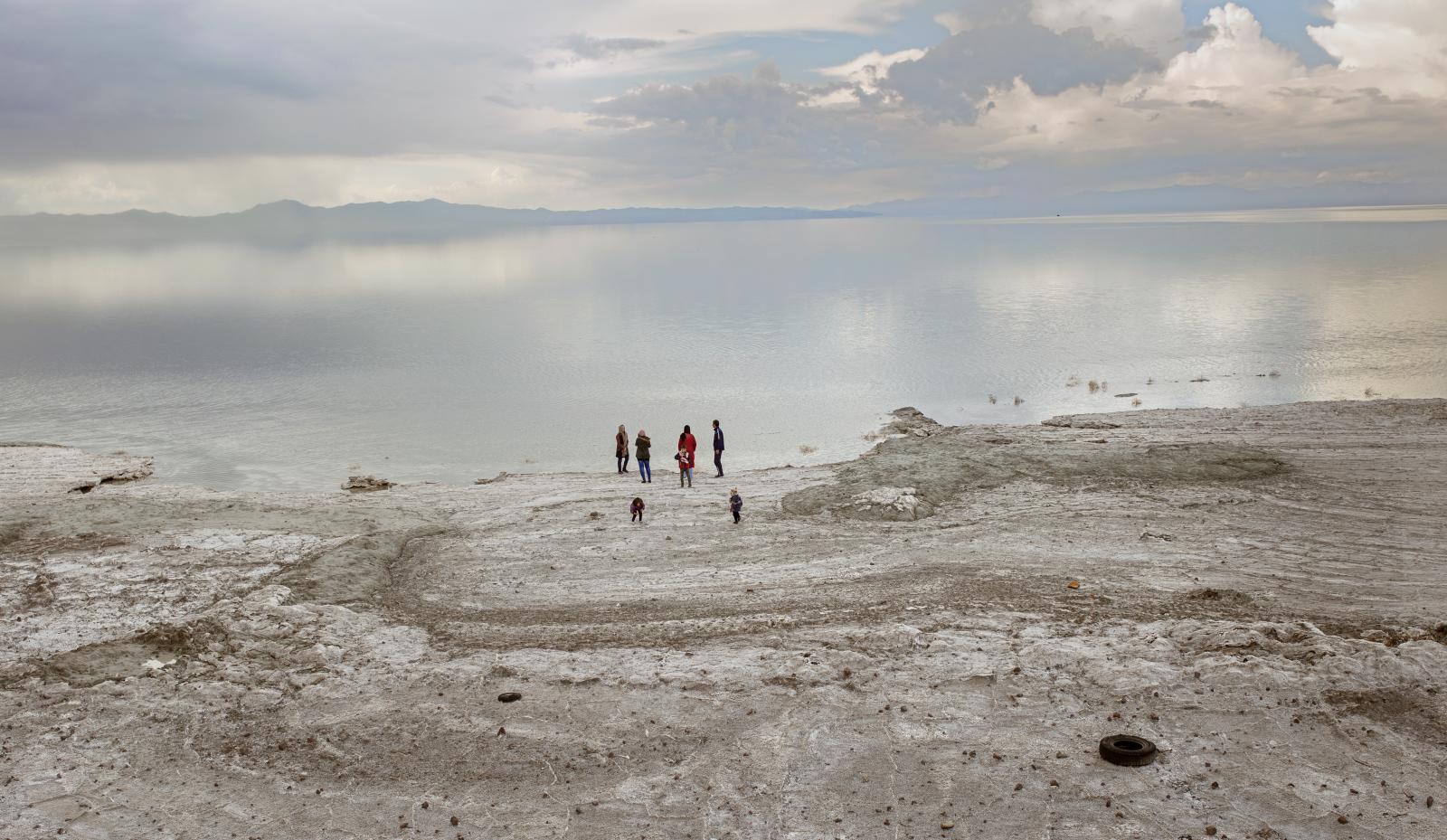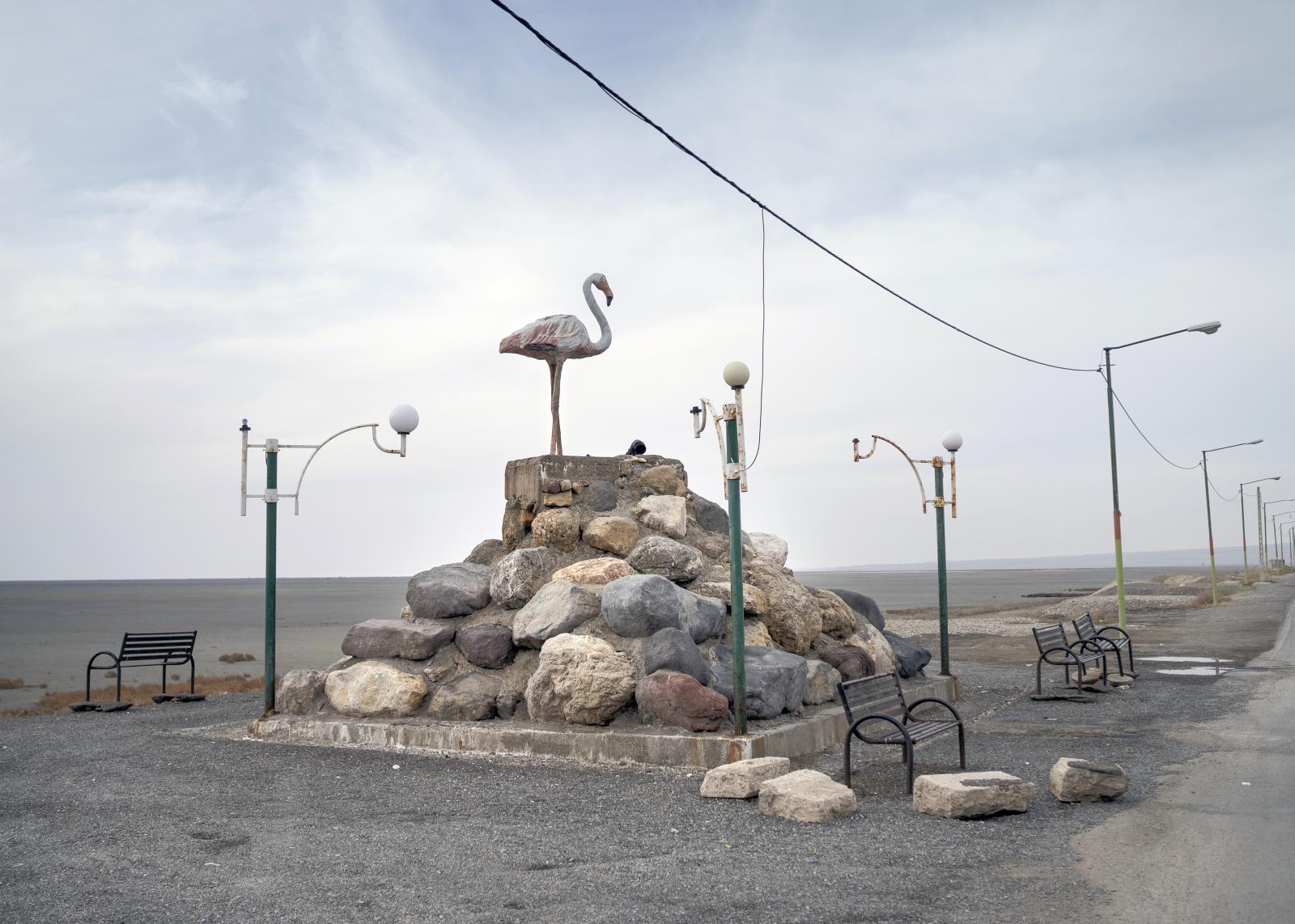
Displaced Afghan men and women are waiting and asking for help outside of a tent in a camp for Internally Displaced People in Herat's outskirts. The drought has hardest hit the West Region of conflict-stricken Afghanistan. According to Norvegian refuge Council, over 60,000 people were displaced to Herat province. Families that fled to Herat live in desperate situations in makeshift shelters, where they are exposed to the sun and summer temperatures of over 40 degrees Celsius. Many families are living on a single meal a day. Many get by on just bread and water.2019

Two brothers work in vain to save their muddy potato and wheat fields after floodwaters washed them away in Bamiyan province. The flash flood destroyed Paymouri village fields and washed away animals and crops. 2019

A woman walks through lush fields of wheat and potatoes in Afghanistan’s central Bamiyan province with the snow-capped Hindu Kush mountains in the background. She works on the land alongside her husband, scattering seeds. She works more hours in the field to recover the damages caused by last years drought.2020

Almost every day, the people in Afghanistan experience restrictions due to the ongoing conflicts and sudden extreme weather. In the Afghan city of Bamiyan, young girls are caught by a sandstorm on their way to school. Bamyan located in Afghanistan’s Central Highlands with Steep mountain slopes, deep valleys, and harsh winters experiences extreme climate and weather extremes in recent years. 2019

Twelve-year-old Ameneh is in sixth grade at Markazi High School in Bamiyan. one of her friends pulled her out of school. Her father was a farmer and lost his harvest income due to the months of drought. He was also no longer able to afford his daughter's education. One-fifth of the students—several hundred girls—were pulled out of school by their families during the drought, according to Director Abdul Qayoon Afshar..2019

A group of farmworkers harvests wheat from a farm on the outskirts of Herat. According to them, last year because of drought, only two workers were working on the field, and there wasn't much crop to harvest the wells were dry, but this year six people are working on the farm due to sufficient rainfall.Herat.Afghanistan.2019

Some 450 miles east of Herat, in northeastern Afghanistan’s Panjshir province, local communities are also at the mercy of the elements. There, the turquoise Panjshir River winds through a lush valley wedged between towering mountains. In 2018, a glacial dam burst, flooding farmlands and killing at least 10 people.2019

Seyed Jalil, a 45-year-old farmer, stands in front of his flooded garden in Afghanistan’s northeastern Panjshir Province, where a glacial lake bursts. Thousands of cubic tons of water rushed down the mountain, triggering a landslide that killed neighbors, destroyed schools, hundreds of homes, and fields growing beans, potatoes, olive trees, and wheat.2019

Drought-displaced Afghan children fill water containers from a tanker to carry to their makeshift tents at a camp for internally displaced people in the outskirts of Herat city.
During the 2018 ongoing drought, months of drought dried up small rivers and canals and destroyed water supplies in large parts of western Afghanistan. The effects of the extreme weather can still be felt today: failed harvests and a lack of financial resources lead to food and drinking water shortages, poverty, and malnutrition.2019

Five-year-old Fariba sits in the lap of her mother, Fatemeh, in her family’s makeshift tent on the outskirts of Herat. They fled war and drought in Badghis after a man who loaned them money demanded Fariba marry his son. "If I could give back the man's money,” Fatemeh says, “I would keep my daughter next to me." 2019

Gol Chaman, 13, washes vegetables in the murky water from a canal. She lives in Laghman, a village in Bamiyan Province. She has to run to the canal two to three times a day after school. When the water is very shallow, she may have to wait in line for a long time before she can do her job. Sometimes she is so tired afterwards that she can no longer do her homework for school.2019

Tents and makeshift shelters dot the sprawling Shahrak-e-Sabz camp for internally displaced people on the outskirts of Herat, Afghanistan’s third largest city. Here, many families survive on a single meal a day.2019













